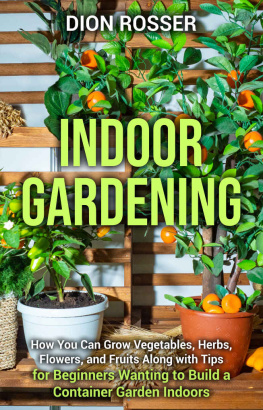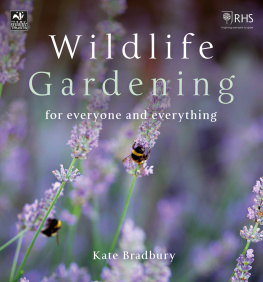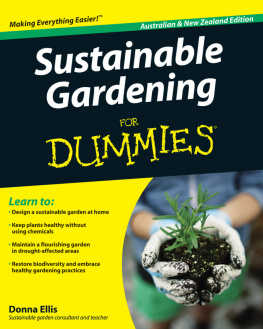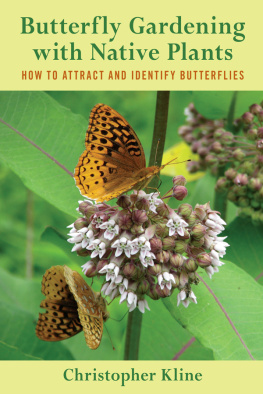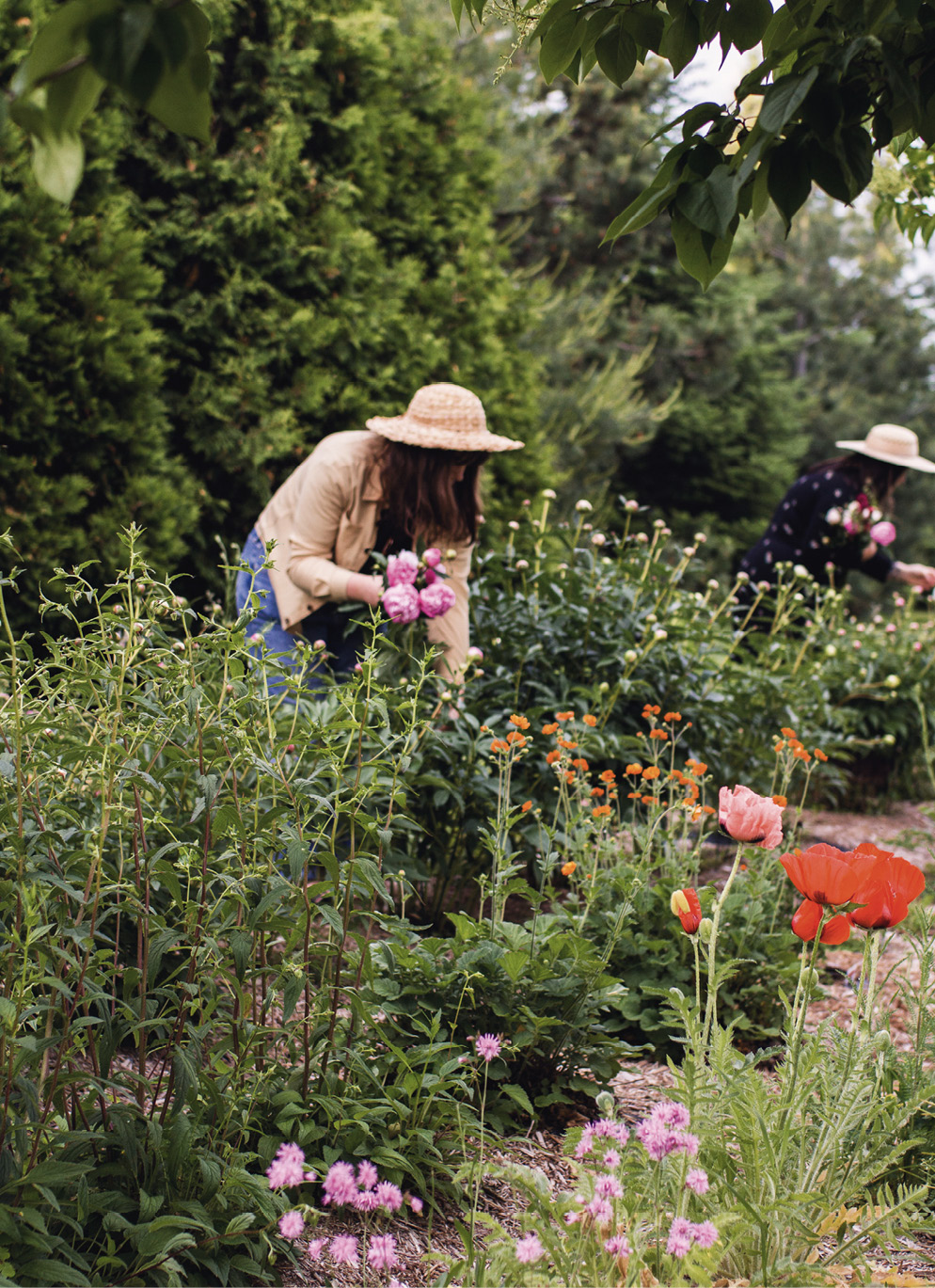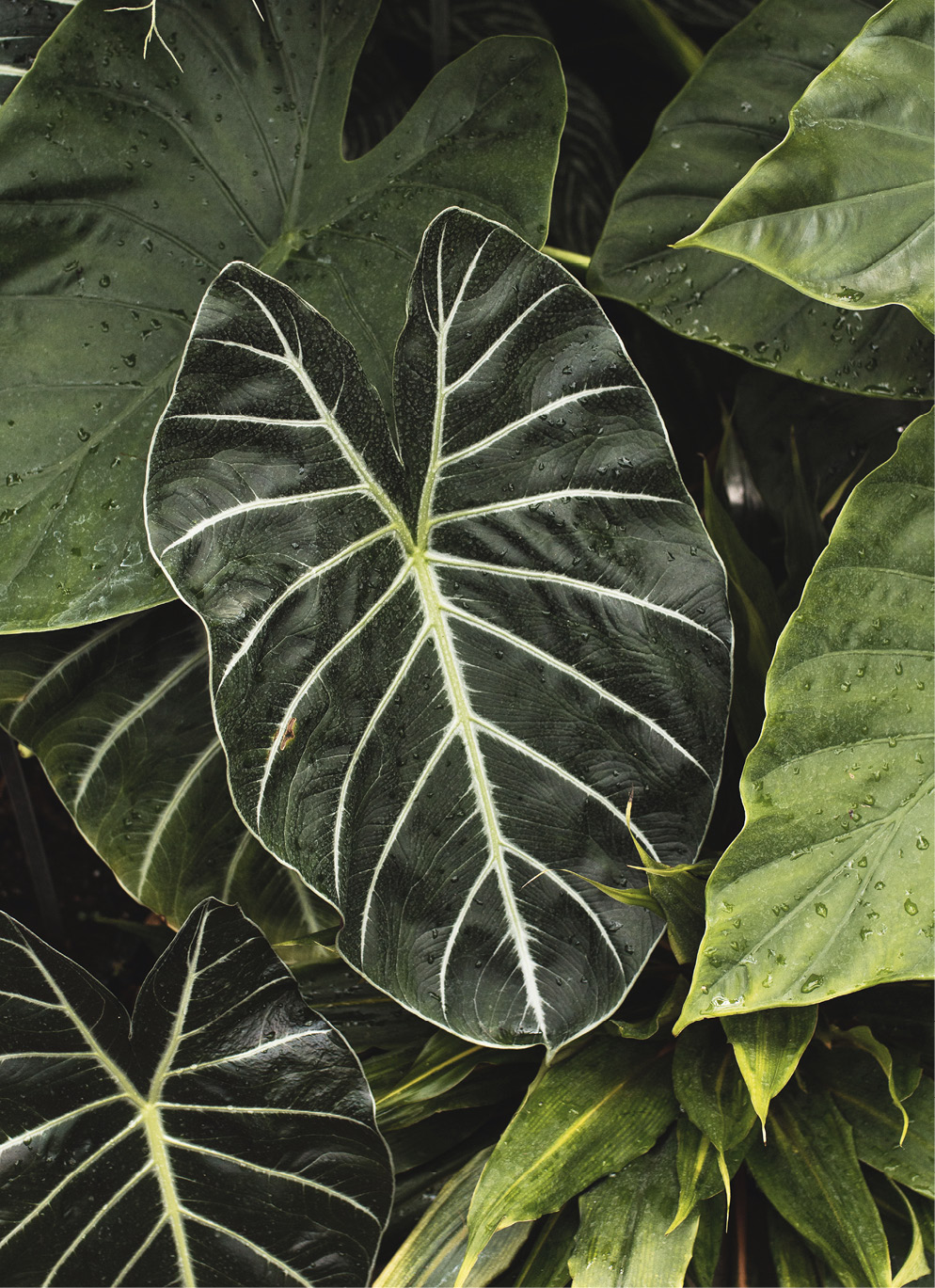
Our vision
With Gardening Naturally, our aims are to help you discover the world of plants from an ecological point of view and to teach you to garden simply and according to your needs and your space.
Gardening is a positive action we can take for the planet and its inhabitants. Growing plants that are natural to our geographical area and consuming locally grown food help reduce our ecological footprint. And plants are crucial to our existence: They regulate the worlds temperature; provide oxygen; and feed and protect humans, animals, and insects. Considered from this perspective, every bit of gardening helps whether its growing a few herbs on a balcony, cultivating a large edible garden to feed yourself over the summer, planting a tree, or simply learning more about the subject.
This book is an invitation to rethink how we grow gardens, vegetable beds, and houseplants. It is based on the principle of natural gardening without the use of chemicals something that is very much at the heart of our values. It is in this spirit that we offer our advice and recommendations, which we have tried to keep both simple and accessible.
We hope this book will not only help fill your everyday life with blooms, but also encourage you to eat more pesticide-free produce and green your living areas. But more than that, we hope we will awaken your gardeners soul and make you want to plunge your hands into the earth. Into healthy earth.
Our story
As partners in Jungle Fleur, we are both passionate about botany, from photosynthesis to harvest. We promote a different and contemporary approach to horticulture, with a particular bias toward the ethical production of local flowers.
The idea for Jungle Fleur germinated back in 2014, in the form of a small shop in Montreals Hochelaga-Maisonneuve neighbourhood. Now converted into an online store, Jungle Fleur offers seasonal flowers (fresh and dried), leafy plants, related products, and workshops. We create simple, organic bouquets in harmony with our environmental and aesthetic values.
Our seasonal flowers are grown in a small garden not far from our shop in Montreal. This proximity gives us more control over how we grow, eliminates the use of chemical products and preservatives, reduces transport-related pollution, and avoids the use of plastic packaging. We also follow ecological practices, such as making our own compost, collecting rainwater, and using environmentally friendly fertilizers. Above all, gardening locally allows us to devote ourselves fully to what we love most: having our hands in the soil, watching our garden change, and being in awe of the diversity of nature.
Laurie and Sarah
A crash
course in botany
Botany, that complex science that illuminates the lives of plants and flowers, has been growing in popularity over the last few years. This is essential to us, because a room without plants, a parking lot without trees, or a new urban development without greenery are all lifeless. But vegetation is not just aesthetic; its also incredibly useful.
We all need to be close to nature, to surround ourselves with greenery and natural spaces to promote well-being. Plants have the power to reawaken childhood memories, bring joy, soothe, fascinate, and inspire. With climate change, threats to biodiversity, and the increase in endangered species, this growing interest in botany is very timely.
If you arent already convinced that we all need to take care of our environment, the pages that follow will teach you about plant classification and the biology of plants so you can better understand and cherish them.
How plants work
In the wild, in a garden, in a greenhouse, or on a windowsill, all plants have the same goal: to survive, grow, and reproduce.
This section will help you better understand how plants work so you can help them grow and give them the best possible environment.
PHOTOSYNTHESIS
Photosynthesis is the very foundation of life and of plant growth. It is the process by which plants turn sunlight into sugar. It occurs thanks to the presence of chlorophyll, the green pigment in plant cells that captures light energy. Photosynthesis also works by absorbing carbon gas and giving off oxygen. This process allows the plant to produce energy reserves that it will use to grow. The most important thing to remember is that your plants need light in order to develop properly.
RESPIRATION
Plants use the sugars produced during photosynthesis to create energy via a process known as respiration. Respiration is a gaseous exchange (in which water vapour and oxygen leave and carbon dioxide enters the plant) that takes place via pores called stomata situated under the leaves as well as on the stems and roots. This is why most plants should be left to dry between waterings to allow the roots to respire (when soil is too wet it deprives the roots of oxygen).
PLANT TRANSPIRATION
The leaf stomata give off water vapour through their openings, which can be small or large just like the pores of our skin. This process of evaporation is called transpiration. Transpiration is responsible for moving the raw sap the water used to transport nutrients up from the roots to the leaves.
This evaporation is beneficial for cooling and humidifying our living spaces. Because of their large leaf surface area, trees are crucial players in this phenomenon, which is why they are such good urban companions and why vast forests are so important.
SAP TRANSPORT
Nutrients, salts, and sugars are all contained in sap. Sap travels through the plant by way of conductive tissues known as xylem and phloem. The raw sap (water and minerals) leaves the roots to travel to stems, buds, and leaves via the xylem, and travels back as elaborated sap (water and sugars) to the roots via the phloem.
ROOTS
As well as playing an important role in photosynthesis, the roots act as a reserve to provide the plant with water and minerals. Roots also function as the essential anchor that secures plants firmly in place. Roots differ between species depending on the plants needs. For example, the root systems of some cacti spread over a wide but shallow surface area to better draw in water. Some roots are aerial and live outside soil, such as certain climbing plants or epiphytes (air plants). These types of roots can be misted with water, because they capture humidity as well as anchor the plant.
ALTRUISTIC ROOTS
Plants help each other via their root systems. They communicate underground, exchanging information and thus creating balance in the environment. These root organs work in conjunction with micro-organisms such as bacteria or mushrooms, which also play their part in absorbing or fixing essential elements such as phosphorous and nitrogen.
STEMS
Most often pushing toward the sky, and sometimes attached to trees or creeping, stems are always located between roots and buds. This is essentially what defines them. In addition to supporting the plant, stems are essential for transporting water and nutrients to the leaves.
LEAVES
Leaves act as solar panels, absorbing sunlight, and encompass a system of veins for circulating sap. They are also responsible for the plants gaseous exchange via stomata. Whether small, large, wide, or narrow, leaves are adapted to their environment and the plants needs. They also have important mechanical roles: sometimes they feature holes to allow light and wind to pass through; sometimes they are swollen with water to survive in arid regions.
Next page

